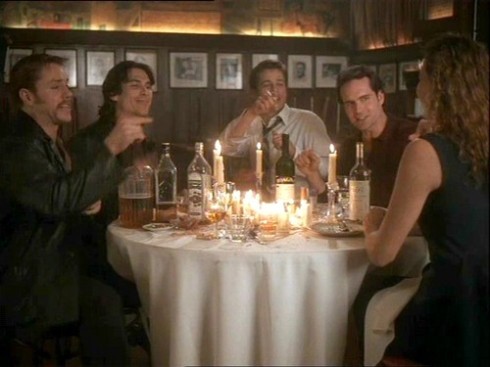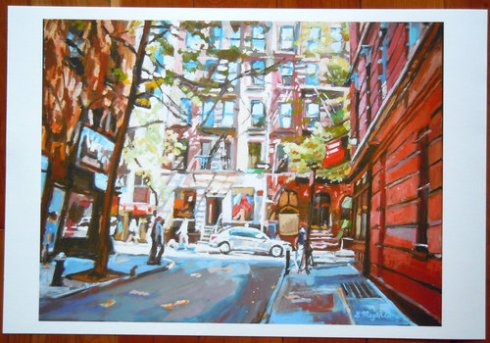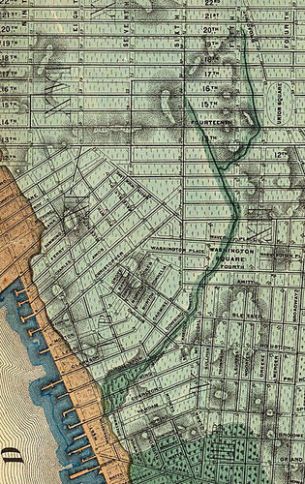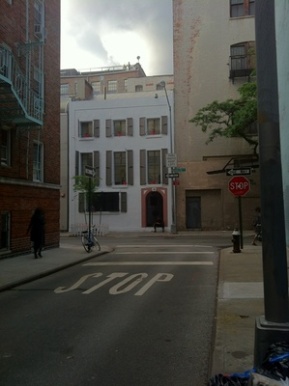It takes a lot of work to create a new frontier.
Yesterday, the 50,000th story just got mapped at Jump2Spot, now the world’s largest GPS story atlas.
We wanted to create the capability of searching iconic moments by street address and seeing notable visuals with GPS. Jump2Spot is now larger than the 1st digital encyclopedia in entries.
It took 6000 hours – the equivalent of 3 full-time years — sequestered in a forest to map these stories.
This doesn’t even reflect the speed (writing/reading) or quality (compiled from 7 years of daily curation) behind it. From scratch, it could take someone 12 years to manufacture. Addresses were not always easy to find. About 500 12-hour days were spent mapping stories. A lot of info had to be cross-referenced: 1) address 2) visual confirmation 3) story facts.
At 3 million+ words, this GPS atlas is more than double the world’s largest book but with photos/videos, links and addresses for every written entry.
Mapping the entire history of Art and Technology is now reachable.
We wanted to create an atlas of inspiration viewable on the phone.
Revelations emerged after every 10,000 entries – intersections seen only after geo-tagging so many notable lives. Discoveries were made that could only be seen by mapping so much volume. There is a geo-pattern to where notable things happen.
Even on a micro-level, you could explore a journey like never before and see things for the first time – like how F Scott Fitzgerald received hate mail from an address and then moved to that address months later. Or how Michael Jackson, Steve Jobs and Princess Diana got on the same elevator from different floors of the same hotel. Paths intersecting. These are metaphors for more meaningful geo-patterns we are seeing.
This was not census data or social media being mapped but actual stories with visuals that changed the world – items being shared regularly in social media but without geographic curation. They produced new narratives when compiled geographically.
Where notable people made history could suddenly be seen in entirety: 1) Movie scenes 2) Iconic Photos 3) Music History 4) Biographies and 5) leading edge art and innovation. Entire books like Patti Smith’s Just Kids and classic literature were mapped for the first time.
In storage, so many photos and stories out there were already geo-tagged (even from the 1930s) just waiting to be curated in a GPS atlas. A large number of geo-bloggers contributed greatly to this endeavor. As if in an underground movement, so many people had already mapped movie scenes, music history, urban photos, biographies or local stories in blogs. Each person had a special niche, but combined, I saw a very interesting and deeply profound community emerge.
A large collection of geo-stories told a story itself. It’s the only thing that kept this effort going through red eyes and sore shoulders at 3 am in a 15th hour of mapping.
I am not sure where this will end up (or when mapping will end for me), but it’s already in a new world. Geo-story networks are forming. Businesses are no longer ads but rather deeply enriching stories.








